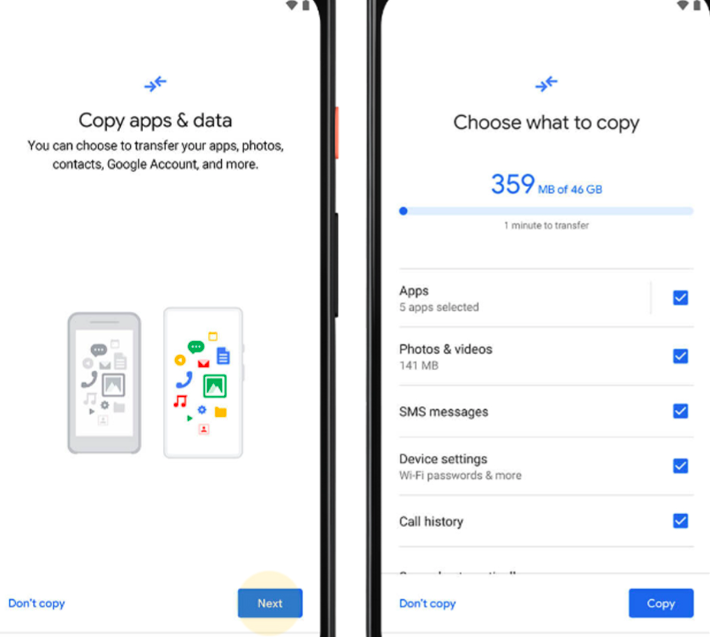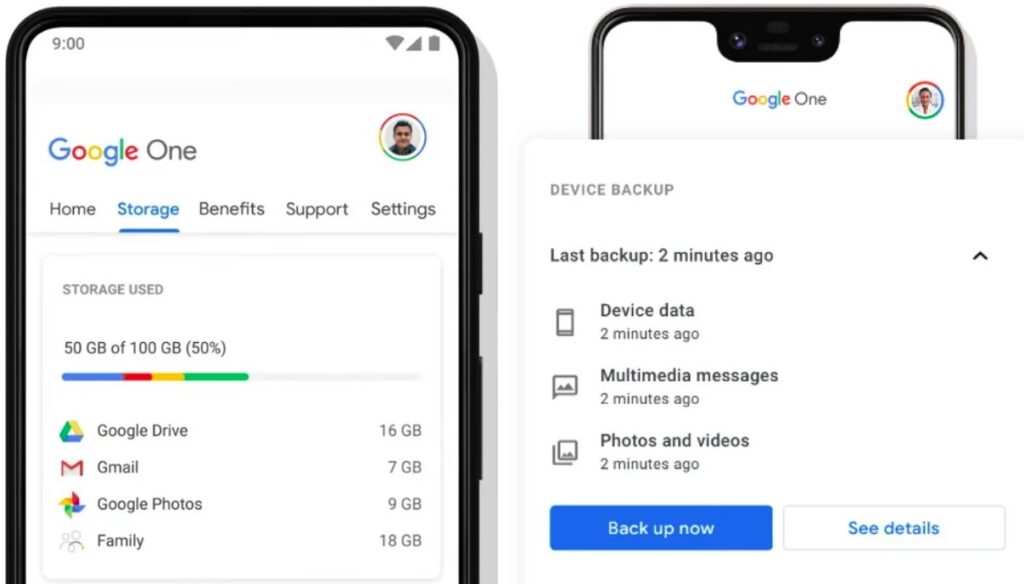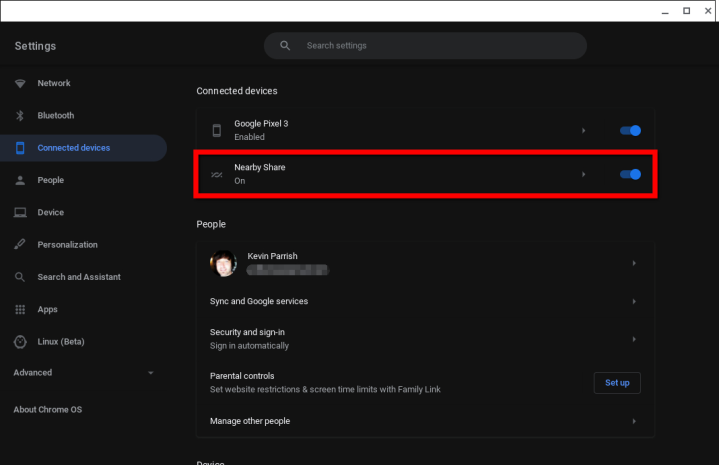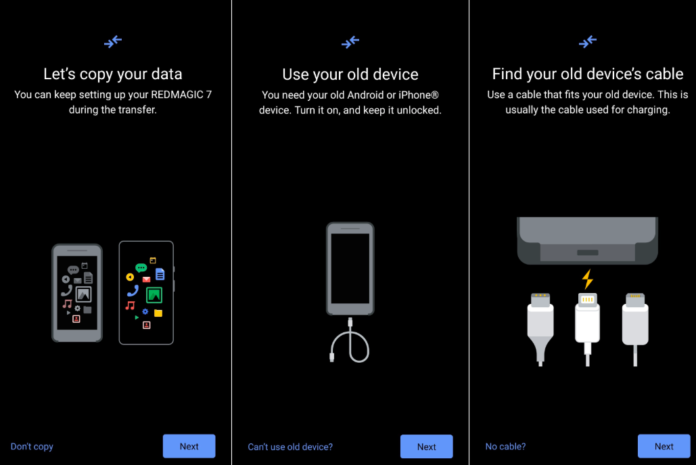Switching to a new Android device is exciting—but only if you bring your data with you. Whether it’s photos, messages, apps, contacts, settings, or even game progress, moving everything from Android to Android can be daunting without the right method. So users need an easy way to transfer Android data from old android to new phones. This guide will help you move android data to android, iPhone, Mac or any new phone by explaining both cloning and cloud methods.
Which means, moving everything from one Android device to another is much easier than it used to be. To get started, make sure you’ve backed up your old phone. This guide covers every effective approach.
Why transfer Android data?

Transferring your Android data to a new phone or iPhone ensures a smooth and convenient transition, keeping your digital life intact. When you upgrade to a new device, you don’t want to start from scratch. By transferring your data, you retain your contacts, photos, videos, messages, app data, and even Wi-Fi passwords, which saves you time and effort.
Your photos and memories hold personal value. By moving them to a new phone, you ensure they remain safe and accessible. Similarly, your important documents, notes, and app settings continue to function without interruption. You won’t have to reinstall every app or reconfigure your preferences. This is especially helpful for messaging apps like WhatsApp, where chats and media can easily be carried over with tools like Google Backup or Move to iOS.
Moreover, transferring data reduces the risk of losing critical information. People often keep work emails, passwords, and personal files on their phones. A seamless transfer helps preserve your productivity and privacy.
What are the best methods to move photos, files?
- Google Backup & Restore (Cloud-based)
- Direct Device-to-Device (Wired/Wireless)
- Wi‑Fi Direct & Nearby Share
- Bluetooth & NFC / Android Beam / S Beam
- Manufacturer-Specific Tools (Smart Switch, Phone Clone, Quick Share)
- Third-Party Apps (SHAREit, Xender, Zapya, Syncthing)
- Manual Methods (SD Card, USB OTG, PC)
- Game & App Data Handling
- Tips, FAQs, Compatibility Notes
Each method is clearly explained with step-by-step instructions, pros & cons, and best-use scenarios—making your Android-to‑Android migration smooth.
Google Backup & Restore

What it is?
One of the easiest ways to back up your Android data is by using Google’s built-in Backup to Google Drive. With just a few steps, you can save your apps, contacts, call history, device settings, and more directly to your Google account.
Then, when setting up your new phone, you’ll have the option to restore everything seamlessly during the setup process. As a result, your new Android device will feel instantly familiar, with your data right where you left it.
What it transfers?
- Apps & app settings (varies by app)
- Contacts, call logs, SMS
- Device settings (Wi‑Fi, language, display)
- Photos & videos via Google Photos
- Google Drive files
Step-by-step: backup on old device
- Go to Settings → System (or Google).
- Tap Backup or Backup by Google One.
- Ensure toggles are enabled (System settings, Apps, SMS).
- Tap Back up now.
How to Restore Data During Setup
- Turn on the new phone and follow setup.
- Sign in with the same Google account.
- When prompted, select “Restore from Google backup”.
- Choose your old device’s backup and tap Restore.
Notes
- Restores apps automatically; some app data may not carry over.
- Backups from newer Android versions might not restore on older Android.
- If restoring after setup, you may need a factory reset and start over.
Direct Device-to-Device Transfer Android data
For those switching from Android to iPhone, transferring data makes the switch easier and less intimidating. Apple’s “Move to iOS” app simplifies the process by securely transferring data like contacts, messages, calendars, and camera roll content. You get to enjoy the iOS ecosystem without losing what’s important from your Android device.
A. USB Cable (Wired OTG)
Quick and fast—directly connect old and new phones with USB‑C or USB‑A cables/OTG adapter.

Steps:
- Connect both devices.
- On the old phone, select USB file transfer (MTP).
- On the new one, you’ll be prompted to Copy data.
- Select files (e.g., DCIM, Documents) and choose Transfer.
This method transfers files directly without internet—ideal for large media.
B. Over Wi‑Fi Direct
Use built-in Wi‑Fi Direct to transfer media files between devices.
- On both phones, go to Settings → Wi‑Fi → Wi‑Fi Direct.
- Pair devices.
- Open file manager, select files, hit Share → Wi‑Fi Direct.
- Choose target device to begin.
Fast and cable-free—great for large photo or video transfers.
Nearby Share (Modern Android)
Android’s equivalent to AirDrop, using Bluetooth, Wi‑Fi, or WebRTC.
To use Nearby Share:
- Enable it via Settings → Google → Devices & sharing → Nearby Share.
- On the old phone, select content, tap Share → Nearby Share.
- Accept the file on the new device and select the device name.
Efficient and encrypted—works on Android 6+.
Android Beam / S Beam (Legacy NFC)

Uses NFC to initiate a Bluetooth transfer.
- Enable NFC and Android Beam in Settings on both devices.
- Place phones back-to-back with content on screen.
- Tap to beam. Uses Bluetooth for actual data transfer.
Samsung’s S Beam upgrades this via Wi‑Fi Direct for larger files.
Bluetooth File Transfer
Ideal for small data transfers (contacts, photos, docs). Low speed makes it impractical for heavy usage.
Steps:
- Pair both phones via Bluetooth.
- On the old phone, select files → Share → Bluetooth.
- Tap Accept on the new phone.
Tools for android data transfer: Smart Switch, Phone Clone, Quick Share

Samsung Smart Switch
Exclusive to Samsung devices; wireless, USB, or external storage.
Steps (wireless):
- Open Smart Switch on both phones.
- Tap Send on the old phone, Receive on the new one.
- Choose Wireless, Cable, or SD card mode.
- Select content and begin transfer.
Smart Switch handles apps, contacts, messages, settings, and media.
Huawei Phone Clone
The Same idea goes for Huawei users. Users can Install Phone Clone, connect via QR code to other device. Then transfer files to the new device.
Samsung‑Google Quick Share
A unified service launched in 2024 combining Quick Share and Nearby Share—works across Samsung and non‑Samsung Android devices. Can send to PCs via URLs.
Third‑Party Android File Transfer Apps
A lot of third party apps on Google Play store offer backup and transfer services. These include both cloud and offline data moving, making it secure. Though some apps were banned in the past for privacy reasons, many offer secure transfer of android data and can be downloaded from play store. You can block android ads on these apps to make offline android data transfer even more secure.
SHAREit (Lenovo / XM Group)
- Wi‑Fi Direct based; no internet needed.
- Supports cross‑platform (Android, iOS, Windows).
- Transfer apps, photos, videos, docs.
Xender
- Supports Android-to-Android with group creation.
- No data use, fast transfers.
Zapya
- P2P file-sharing without internet.
- Multi-platform: Android, iOS, Windows. Popular in areas with poor internet.
Syncthing
- Open-source, peer-to-peer sync.
- Can keep folders synced between devices over LAN/Internet.
Manual Transfers: SD Card, USB‑OTG, PC

SD Card
- Move files (DCIM, Downloads) to SD card in old phone.
- Transfer SD to new phone.
- Copy files to internal storage.
USB‑OTG
Use an OTG adapter for direct file transfer between old device and SD or USB drive. Then connect that to the new phone.
PC (Windows Explorer)
- Connect old phone to PC via USB.
- Copy desired folders to PC.
- Connect new phone and paste folders.
Game & App Data Transfer
- Many games support cloud saves via Google Play Games. Sign in to restore.
- Some apps (WhatsApp, Telegram) offer built-in backup (e.g., WhatsApp to Google Drive).
- Others require manual exporting/importing or linking an account.
FAQs & Troubleshooting
Can I transfer during setup only?
- Google Backup and Smart Switch typically work during first setup. For mid-use transfers, use device tools or third-party apps.
What if backup from newer Android version fails on old Android?
- Google warns you cannot restore a backup from a higher Android version to a lower version.
How to keep app logins?
- Google rolling out Restore Credentials feature: single‑tap login restore using key backups.
Security concerns?
- All native methods use encrypted transfers (Google, Nearby Share, Smart Switch).
- App‑based transfers use local Wi‑Fi encryption, but always verify app authenticity and permissions.
Features of different Android data transfer methods
| Method | What Transfers | Requires | Speed | Best For |
|---|---|---|---|---|
| Google Backup & Restore | Apps, settings, contacts, SMS | Internet + setup time | Medium | Comprehensive restore during setup |
| USB Cable (OTG) | Photos, media, docs | Cables, OTG adapter | Fast | Fast media transfer |
| Wi‑Fi Direct | Media files | Both devices Wi‑Fi-Direct enabled | Fast | Large files without cables |
| Nearby Share | Selected files | Android 6+, Bluetooth+Wi‑Fi | Fast | Quick wireless sharing |
| Android Beam / S Beam | Photos, videos | NFC-enabled & pre-2018 Android | Slow-Med | Legacy NFC transfers |
| Bluetooth | Small files | Bluetooth paired | Slow | Simple file sharing |
| Smart Switch / Phone Clone | Everything (settings, apps, etc.) | Both devices, brand-specific | Med-Fast | Brand ecosystem transfers |
| SHAREit / Xender / Zapya | Media, apps (APK), docs | Apps installed on both phones | Fast | Cross-brand transfers, file sharing |
| Syncthing | Files/folders sync | Open‑source, configuration | LAN/Internet | Continuous sync & advanced users |
| Manual (SD/PC) | Any file types | SD card slot or PC and USB cables | Variable | Control and file management lovers |
Final Tips to transfer Android data smoothly
In short, transferring data from your Android phone to a new device—whether another Android or an iPhone—helps you pick up right where you left off. It saves time, maintains continuity, and protects your personal and professional data. The process is now easier than ever, with dedicated apps and cloud backups making the transition fast, secure, and efficient. So, don’t leave your digital essentials behind—move them with you.
- Fully charge both phones before starting any transfer.
- Back up critical apps like WhatsApp separately to Google Drive/other cloud.
- Ensure both devices are on the same Wi‑Fi network for wireless methods.
- Factory reset the new phone only if needed for deep recovery from backup.
- Keep Wi‑Fi/Bluetooth on and interruptions minimal for wireless transfers.
- Double-check critical data (contacts, photos, messages) after transfer.
Easiest way to move data across Android devices?
Transferring Android to Android doesn’t have to be stressful. You have numerous reliable methods depending on your needs:
- Seamless full restores: Google Backup & Smart Switch
- Fast media transfers: USB or Wi‑Fi Direct
- Convenient wireless sharing: Nearby Share, S Beam
- Cross-brand flexibility: SHAREit, Xender, Zapya
- Manual control: SD card or PC transfer
With this guide, you’re fully equipped to migrate everything from apps, contacts, media, settings—even game progress—from your old Android to your new Android device.
